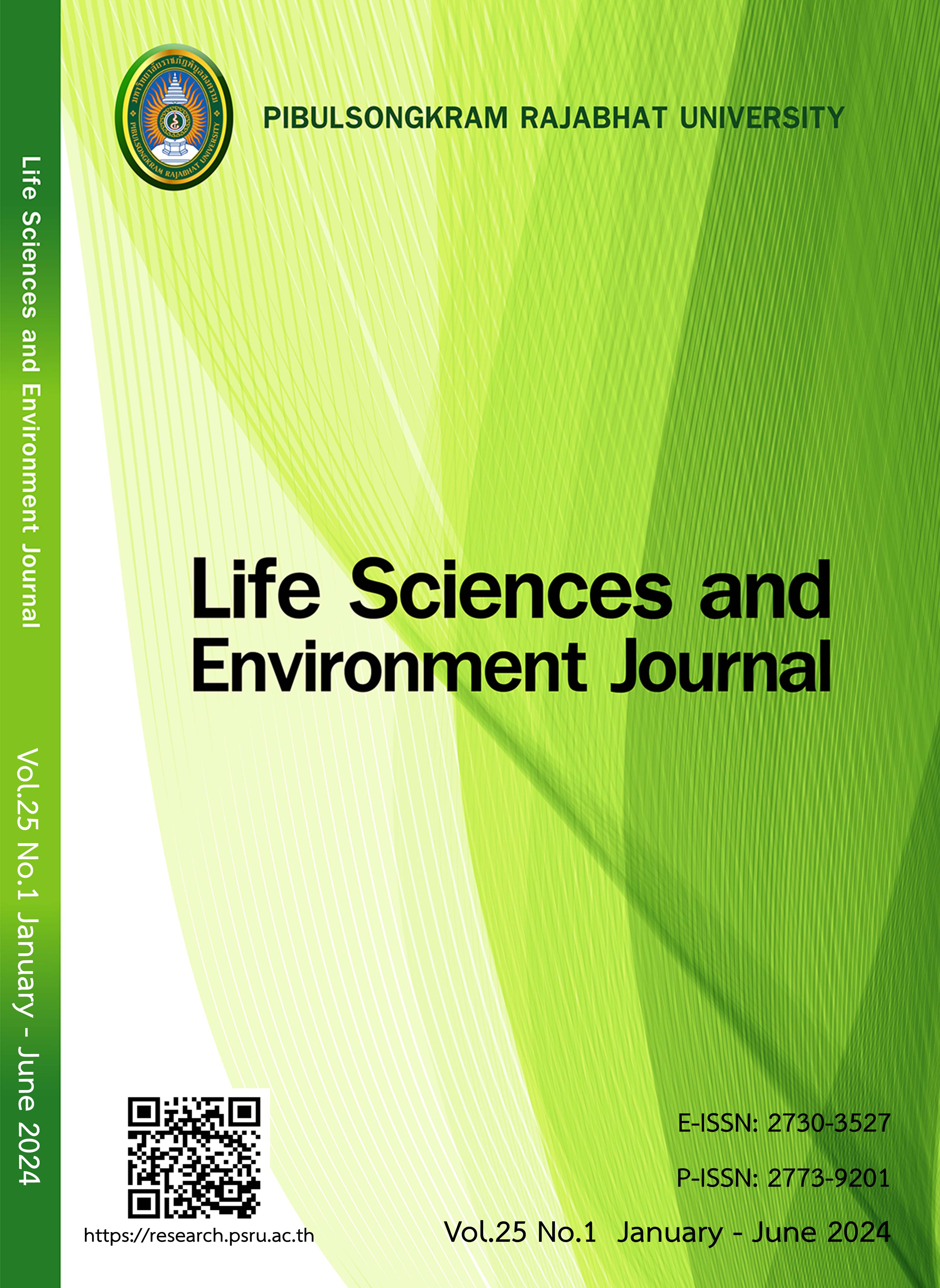THE EFFECT OF USING PREVENTING NEWBORN BIRTH ASPHYXIA FOR PARTURIENT NURSING PRACTICE GUIDELINES ON THE KNOWLEDGE, PRACTICAL SKILLS, AND SATISFACTION AMONG NURSES, CHOMTHONG HOSPITAL
DOI:
https://doi.org/10.14456/lsej.2024.20Keywords:
birth asphyxia, knowledge, practical skill, nurse satisfaction, nursing clinical guidelinesAbstract
This quasi-experimental research aimed to compare the average scores of knowledges, practical skills, and nurse satisfaction before and after using the nursing practice guideline to prevent newborn birth asphyxia for parturients. The sample consisted of 11 nurses working in the delivery room at Chomthong Hospital. The research instrument was nursing practice guidelines for preventing birth hypoxia for the parturients. Data collecting instruments were personal information questionnaires, knowledge assessment forms, practical skills assessment forms, and satisfaction assessment forms for professional nurses. All research instruments were reviewed by three experts; an obstetrician, a pediatrician, and a head of the delivery room department which obtained a content validity index (CVI) of 1. Data collecting instruments were tested for reliability, and the results were 0.87, 0.76, and 0.94, respectively. Data analysis used descriptive statistics and the Wilcoxon Signed-Rank Test. The results showed that after the experiment, the sample group presented the average knowledge score and average practical skills score were higher than before the experiment significantly (p<.01), and an average nurse satisfaction score was higher than before the experiment significantly (p<.05). The results of this study should bring to provide knowledge and enhance the practical skills of nurses in caring for parturient to properly provide nursing care for them and newborns with the same nursing standard that it will help reduce the incidence of birth asphyxia.
References
Baramee L, Surumpainithiporn P. Development of guidelines for prevention of birth asphyxia Huatapan hospital Amnatcharoen province. UMT-Poly Journal 2020;17(2):149-159.
Benner, P. From novice to expert. American Journal of Nursing 1982; 82(3):402-407.
Bloom BS. Handbook on formative and summative evaluation of student learning. New York: McGraw Hill; 1971.
Chikuse B, Chirwa E, Maluwa A, Malata A, Odland J. Midwives’ adherence to guidelines on the management of birth asphyxia in Malawi. Open Journal of Nursing 2012; 2:351-357.
Department of Health, Ministry of Public Health. Incident of Birth Asphyxia Rate: Province Sectors. Available at: https://dashboard.anamai.moph.go.th/dashboard/birthasphyxia/index?year=2023 Accessed March 12, 2024.
Ezenduka PO, Ndie EC, Oburoh ET. Assessment of knowledge, attitude, and practice of nursing management of birth asphyxia in federal medical centre Asaba, Delta State-Nigeria. Clinical Nursing Studies 2016;4(2):21-27.
Health Administration Division. Incidence rate of birth asphyxia. 2023. Available at: http://cmi.healtharea. net/isp/sp_obs/index?menu_id=4 Accessed March 10, 2024.
Iowa Model Collaborative. Iowa model of evidence-based practice: Revisions and validation. Worldviews on Evidence-Based Nursing 2017;14(3):175-182.
Lakkham P. Development of practice guideline for prevention of birth asphyxia in Kaset Wisai Hospital Kaset Wisai District, Roi-Et Province. Journal of Research and Health Innovative Development 2019;1(1):161-172.
Medical records department of Chomthong hospital. Birth rates during the fiscal years 2018-2023 of Chamthong Hospital, Chiangmai Province. Chiangmai: Chom Thong Hospital; 2023.
Saipirun P, Timrod O, Tanjak D, Sanitpoj P. Development of a system to prevent birth asphyxia. Public Health Academic Conference, Health Region 2, Fiscal Year 2023. Phitsanulok: Health Center 2; 2023.
Strategy and Planning Division of Office of the Permanent Secretary Ministry of Public Health. National strategic plan for 20 years (Public Health). 2016. Available at: https://www.oic.go.th/FILEWEB/ CABINFOCENTER2 /DRAWER023/GENERAL/DATA0000/00000077.PDF Accessed March 12, 2024.
Thato R. Nursing research: Concepts to application. Bangkok: Chulalongkorn Print; 2018.
Tongsong T. Birth Asphyxia. Available at: https://w1.med.cmu.ac.th/obgyn/lessons/birth-asphyxia/ Accessed March 10, 2024.
University of California San Francisco. Birth asphyxia 2020. Available at: http://www. https://www.ucs fbenioffchildens.org/conditionsbirth_asphyxia Accessed March 12, 2024.
World Health Organization (WHO). ICD-10 Version 2010. Available at: http://www.who.int/classifications/icd/ icdonlincversions/en. Accessed March 12, 2024.
Downloads
Published
How to Cite
Issue
Section
License
Copyright (c) 2024 Life Sciences and Environment Journal

This work is licensed under a Creative Commons Attribution-NonCommercial-NoDerivatives 4.0 International License.
Each article is copyrighted © by its author(s) and is published under license from the author(s).










